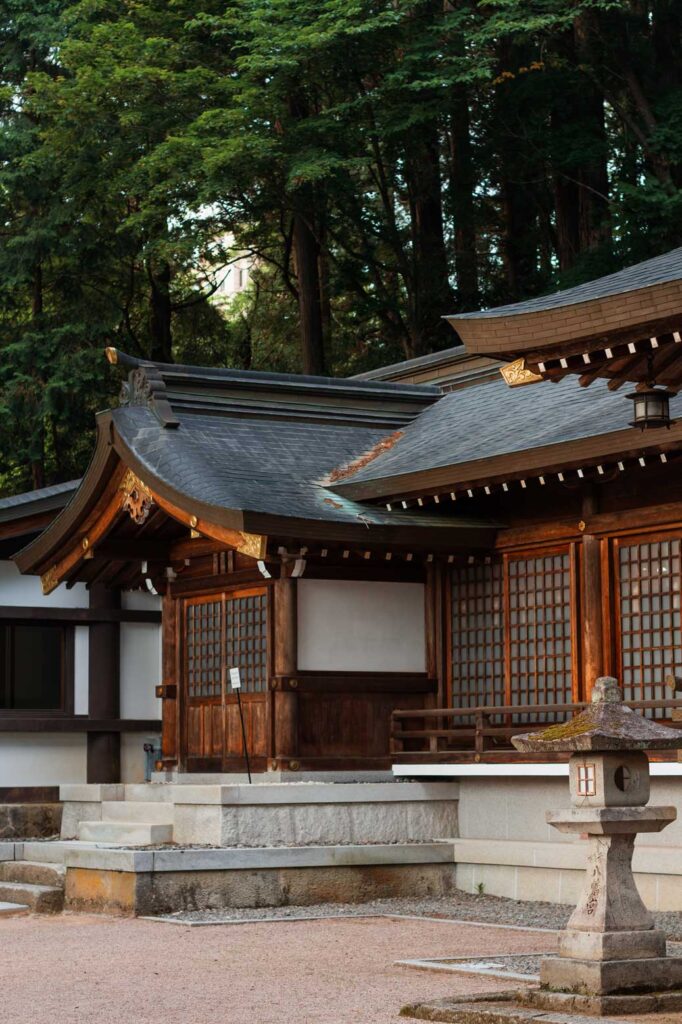
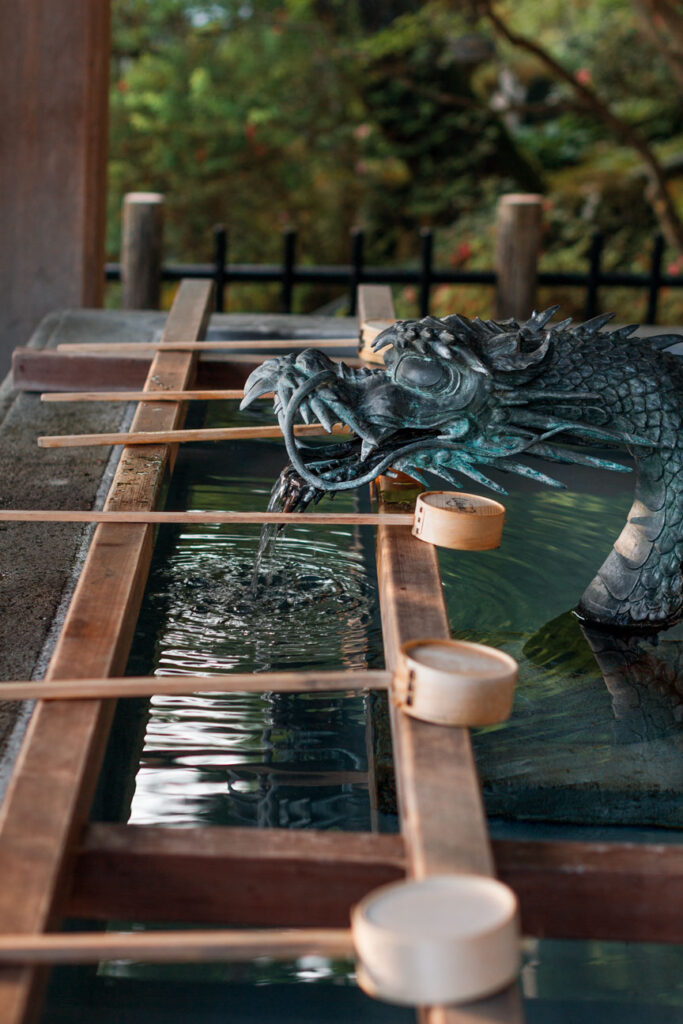
I was extremely eager to visit Japan, as it offers an array of incredible experiences ranging from its captivating culture to its delicious cuisine. It is evident that the richness of Japanese culture cannot be fully grasped in just one visit, as there is so much more to uncover.
Each subsequent visit to Japan provides new opportunities to discover the beauty of Japanese culture. During my initial trip, I learned a great facts about the country’s customs and traditions, which is why I created this guide to assist first-time traveler’s to Japan.
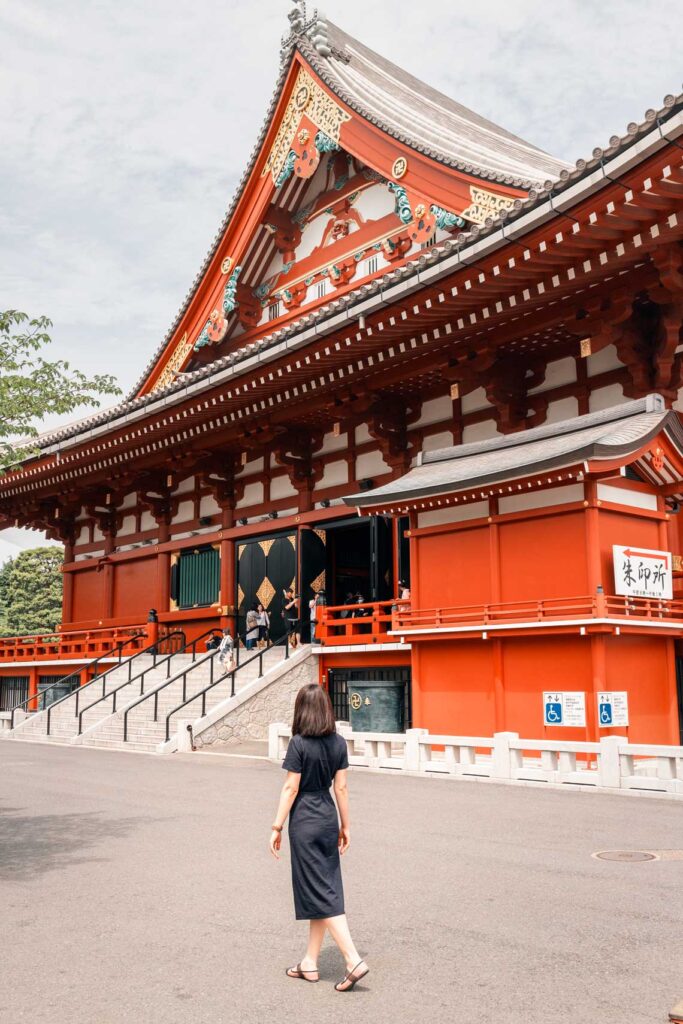
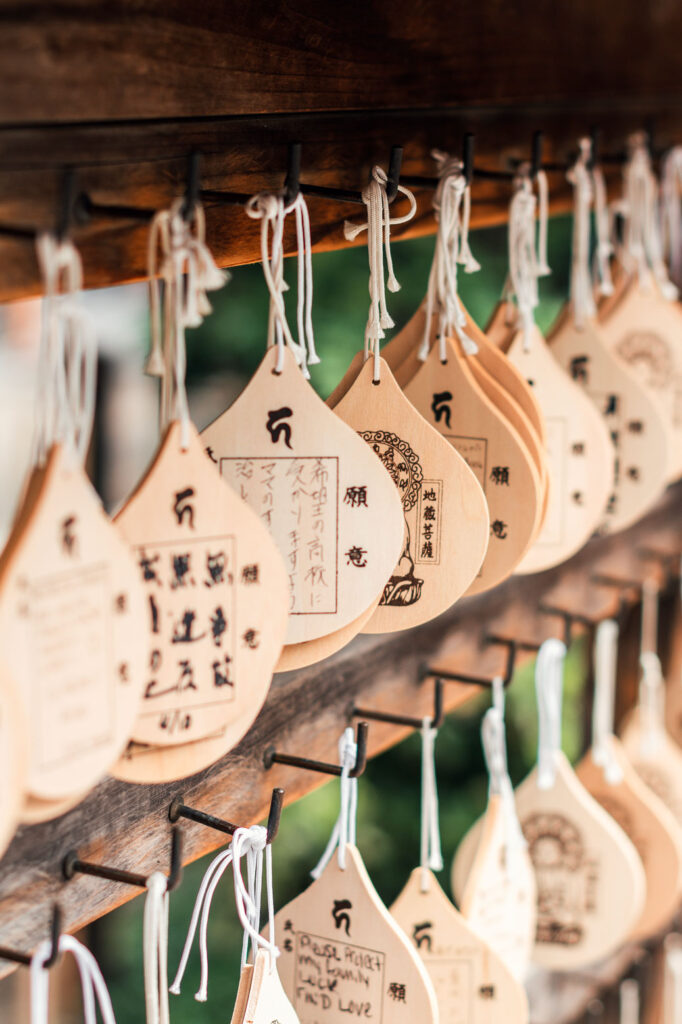
The most popular cities and attractions to visit
Tokyo
Tokyo is a city where ancient traditions and tranquil Zen gardens coexist alongside cutting-edge innovation, advanced robotics, towering skyscrapers, and vibrant pop culture. Its bustling streets are infused with a distinct energy that pulses through the city both day and night. As the sun sets, Tokyo comes to life with a dazzling display of neon signs, captivating advertising billboards, and lively game centers. The city is divided into five distinct neighborhoods, each boasting its own unique attractions and landmarks.
- Shinjuku standing out for its restaurants and shops, skyscrapers and lively night life;
- Shibuya where you’ll find one of the busiest crossing in the world;
- Ginza – the luxury shopping area;
- Harajuku the center of kawaii sweets and coffee;
- Asakusa where you will find Sensō-ji Temple the oldest Buddhist temple in Tokyo.
Mt. Fuji
Mt. Fuji the tallest mountain in Japan, is not only an iconic natural landscape but also regarded as the most beautiful. It is located about 100 km away from Tokyo and can be seen on clear days. For a spectacular view of the mountain, one can visit the Chureito Pagoda. Those planning to stay in the area for more than a day can explore the five lakes surrounding Mt. Fuji, which offer breathtaking views of the peak. Additionally, Hakone, a nearby hot spring resort, is another popular attraction in the region.
Takayama
Takayama is a town in Japan that boasts of rich traditional Japanese culture and customs. One of the best destinations to delve deeper into Japanese heritage, Takayama Jinya served as the seat of government from 1692 to 1868. Presently, it stands as the sole remaining National Historical Site of its kind in Japan.
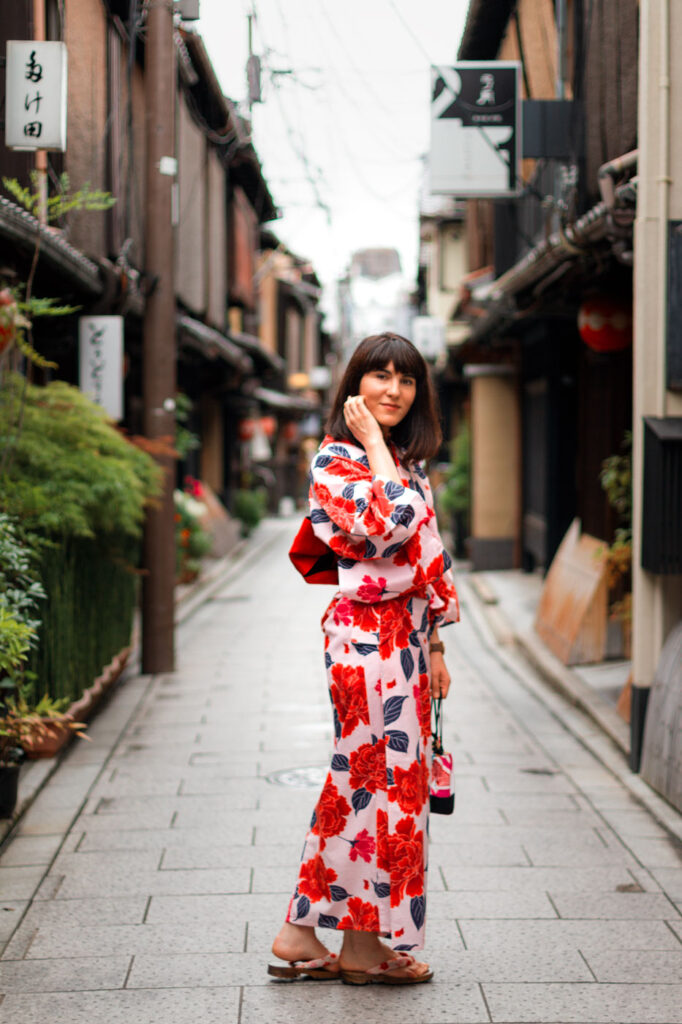
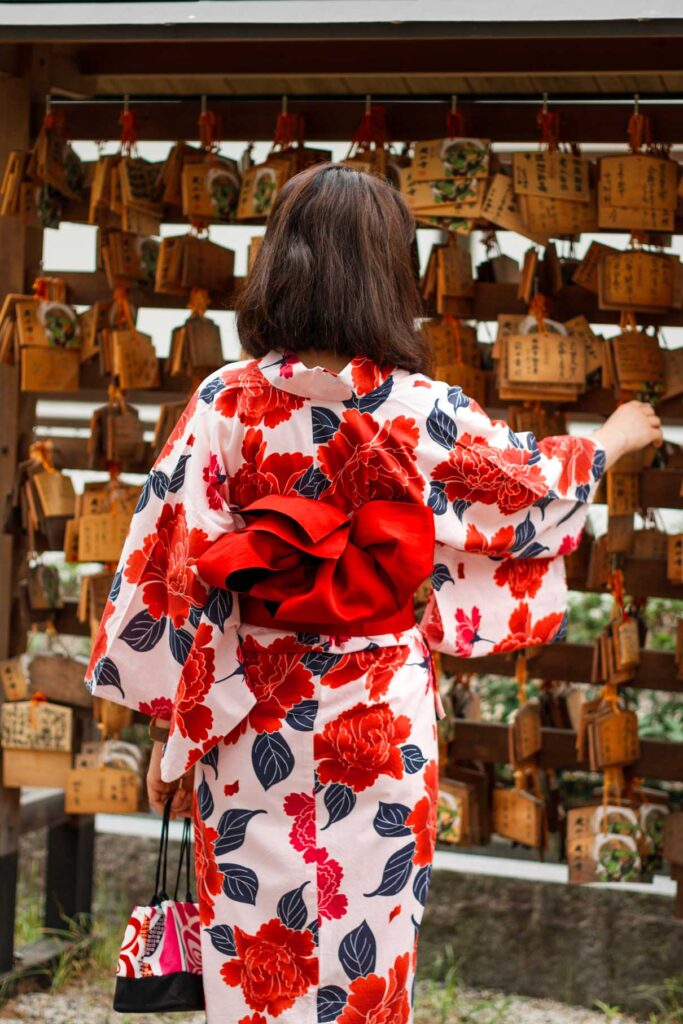
Kyoto
Kyoto, renowned as Japan’s cultural hub, offers an ideal setting to explore the nation’s rich history and traditions. The city boasts numerous temples and shrines, the enchanting geisha quarter of Gion, the mystical and enigmatic Arashiyama Bamboo Groves, the fascinating Iwatayama Monkey Park which is home to over 170 Japanese macaque monkeys (popularly known as snow monkeys), and many other captivating attractions.
Nara
Nara is a small city located near Kyoto, and it’s known for its friendly deer and beautiful temples. Some must-see attractions in Nara include the Todai-ji Temple, the Kasuga-taisha Shrine, and the Nara National Museum. The deer in Nara are considered sacred and are allowed to roam freely throughout the city.
Osaka
Renowned for its bustling night life, skyscrapers, neon lights, and advertising billboards, Osaka is a vibrant and colorful Japanese city. Its street food scene is particularly notable. For an unforgettable experience, be sure to visit Dotonbori by night, which is the liveliest and most popular area in Osaka.
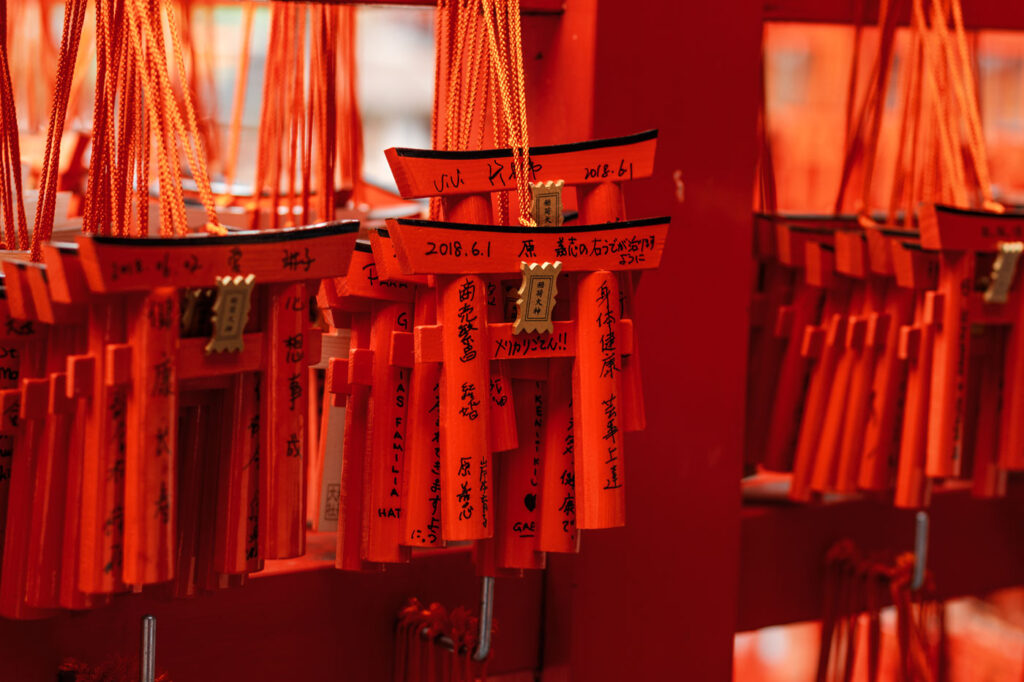
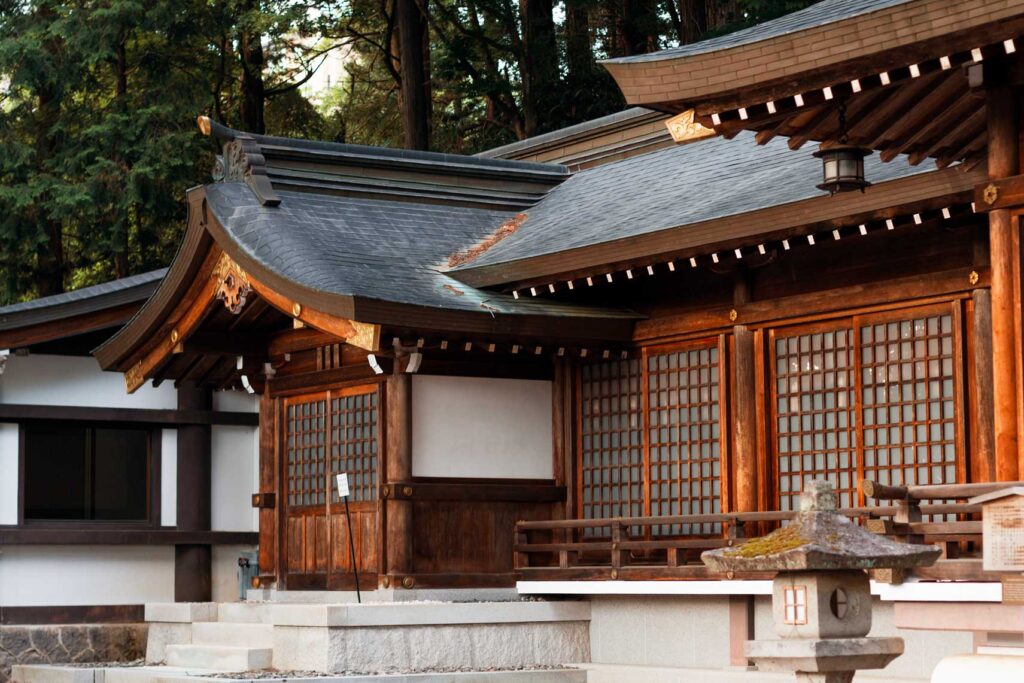
Japanese religions and traditions
There are two main religions in Japan and two types of temples: shrines belonging to Shinto religion and temples belonging to Buddhism religion who was bring into Japan by Chinese people.
A shrine is recognized by a torii gate, a pair of dogs or lions at the entrance, which are guardians of the shrine and a purification fountain where people wash their hands before praying. It is a well-known tradition to donate a torii in order for a pray to come true. The most popular and iconic shrine is Fushimi-Inari-Taisha Shrine in Kyoto, dedicated to the god of rice and sake (Japanese rice wine). There are over 10.000 torii gates which represents donations, on every torii is written the name of the donator and the year of the donation.
A temple is recognized by the presence of “ji” in its name, the statue of Buddha, an incense burner in front of the temple, which is believed that have healing properties, and a pagoda.
A popular temple in Japan is Sensō-ji Temple which is the oldest Buddhist temple in Tokyo, completed in 645.
Another popular Japanese tradition is writing down wishes or prays on wooden planks called Ema. You will see these planks at every temple or shrine you will visit.
Public transport and network
Japan’s public transportation system is one of the most efficient and reliable in the world. The Shinkansen (bullet train) is the fastest way to travel between major cities, but it can be pricey. However, it is worth the cost for the experience and the time saved.
Japan Rail (JR) is the primary transport network in Japan. Purchasing the Japan Rail Pass (JR Pass) is a great option for travelers who plan on visiting multiple cities as it allows unlimited use of the JR trains, buses, and ferries for a set period of time. For short distances, local trains and buses are also available.
It’s essential to know that eating or speaking loudly on public transport is considered rude in Japan, so it’s best to be mindful of your behavior when traveling. Additionally, some metro systems in Japan have designated women-only cars, so be sure to pay attention to the signs and follow the guidelines accordingly.
Japanese food and restaurants, tipping is not a common practice
Japanese cuisine is a fascinating and delicious blend of tradition, innovation, and attention to detail, and it’s definitely worth exploring if you have the opportunity to do so.
Some of the most famous dishes in Japanese cuisine include sushi, sashimi, tempura, udon noodles, soba noodles, yakitori, and ramen. Japanese cuisine also includes a wide variety of seafood, including fish, octopus, squid, and shellfish, as well as meat dishes such as beef, pork, and chicken.
One of the most important aspects of Japanese cuisine is the concept of umami, which is often described as the fifth taste, in addition to sweet, sour, salty, and bitter. Umami is a savory, meaty flavor that is present in many Japanese dishes, particularly those that include ingredients such as soy sauce, miso, and dashi (a broth made from seaweed and dried bonito flakes).
Also, it is very common not to give tips, when you received the bill. In fact, leaving a tip can be considered rude in Japanese culture. The reason for this is that good service is considered standard and part of the culture of hospitality, known as “omotenashi.”
However, it is becoming more common for hotels and tourist-focused businesses to accept tips from foreign visitors, as they are aware of cultural differences. Nonetheless, when dining out in Japan, it is generally best to refrain from leaving a tip, and simply express your gratitude verbally or through a polite bow.
The sole dining establishment on our trip that included the gratuity in the bill happened to be a yakiniku restaurant – a kind of eatery where you personally grill and cook your meat. Visiting this particular restaurant was an exciting and novel adventure for us, as we were given the raw ingredients to grill ourselves after placing our orders.
Japanese public baths
Public baths, known as sento or onsen, are an integral part of Japanese culture and have a long history dating back to ancient times. Sento are traditional public bathhouses that can be found throughout Japan and are usually located in residential areas. On the other hand, Onsen are hot springs that are located in areas with volcanic activity, such as mountainous regions or near the coast.
Both sento and onsen are popular among Japanese people as a place to relax and unwind after a long day at work or as a weekend activity. They are also popular with tourists, who come to experience this aspect of Japanese culture.
Sento usually have separate facilities for men and women and the bath itself is a large communal tub, often made of tile or concrete. Before entering the bath, visitors are required to thoroughly wash themselves at the shower stations, which are usually equipped with soap and shampoo. Some sento also have other facilities such as saunas, steam rooms, and massage chairs.
Onsen are typically larger than sento and are often set in natural surroundings, such as mountains or forests. They can be indoors or outdoors and are usually gender-segregated. The water in onsen is believed to have healing properties due to its high mineral content, and many people travel to onsen resorts for this reason.
It is important to note that there are some rules and etiquette that visitors should follow when visiting a public bath in Japan. For example, it is customary to wash thoroughly before entering the bath, and visitors should not wear any clothing or jewelry into the bath area.
Taking shoes off
In Japan, it is customary to take off your shoes before entering a house, temple, or traditional-style restaurant. This practice is known as “genkan,” which is a small entrance area in Japanese homes where shoes are taken off and left outside.
The reason behind this tradition is to maintain cleanliness and hygiene inside the home. It is also a way of showing respect for the house and the people who live there. It is considered rude to wear shoes indoors in Japan, and visitors are often provided with slippers to wear inside the house.
It is also important to note that there are certain customs and rules to follow when taking off and putting on shoes in Japan. For example, you should always step out of your shoes with your heel first and put on slippers with the toes first. Additionally, there are separate slippers for the bathroom, which should not be worn outside of that area.
The public garbage bins
The garbage bins on the streets are not as common as in some other countries. In many public places, such as train stations, convenience stores, and parks, you can find garbage bins. However, it’s important to note that Japan has a strong culture of “mottainai,” which means “waste not.” As a result, people in Japan are generally very conscious of their garbage and often carry it with them until they find a proper place to dispose of it.
Additionally, many Japanese cities have strict garbage separation rules, and residents are expected to sort their trash into different categories before disposing of it.
Hi-tech toilets
Japan is known for its advanced technology, and this extends to their toilets as well. Japanese toilets are equipped with a range of features and functions that make them stand out from traditional toilets found in other parts of the world. Here are some of the features commonly found in high-tech Japanese toilets:
- Bidet: Most Japanese toilets have a built-in bidet that sprays water to clean the user’s posterior. The temperature and pressure of the water can be adjusted to suit the user’s preferences.
- Heated seat: The seat of the toilet is heated, making it comfortable to sit on during cold weather.
- Automatic lid: The toilet lid automatically opens and closes when the user approaches or leaves the toilet.
- Deodorizer: Many Japanese toilets have a deodorizer that eliminates any unpleasant odors.
- Sound effects: Some toilets play sound effects or music to cover up any embarrassing noises.
- Self-cleaning: Some high-tech toilets have a self-cleaning feature that uses ultraviolet light to kill bacteria and sanitize the toilet bowl.
- Energy-saving: Some Japanese toilets are designed to conserve energy by using less water and electricity.
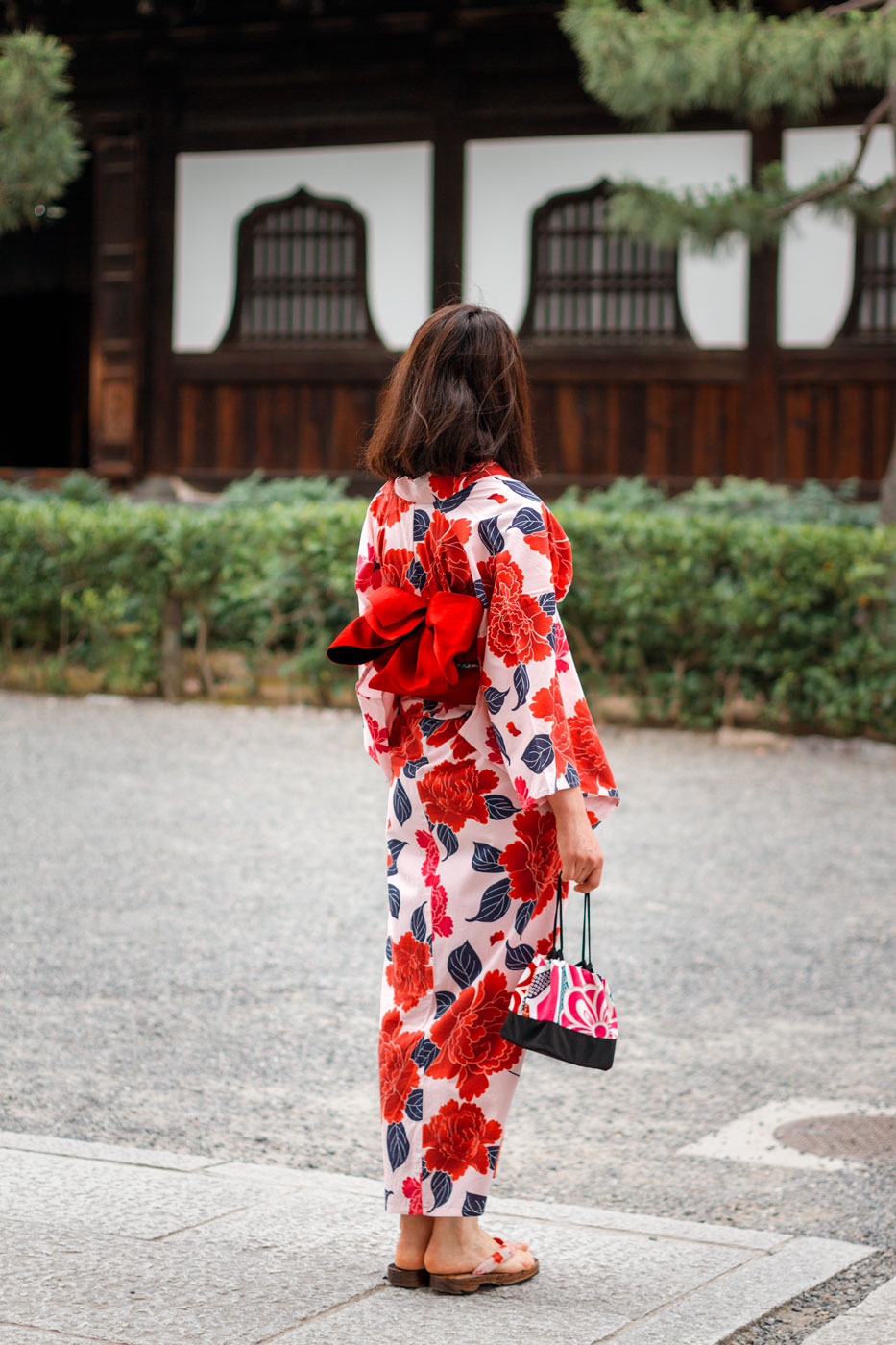




Leave a Reply